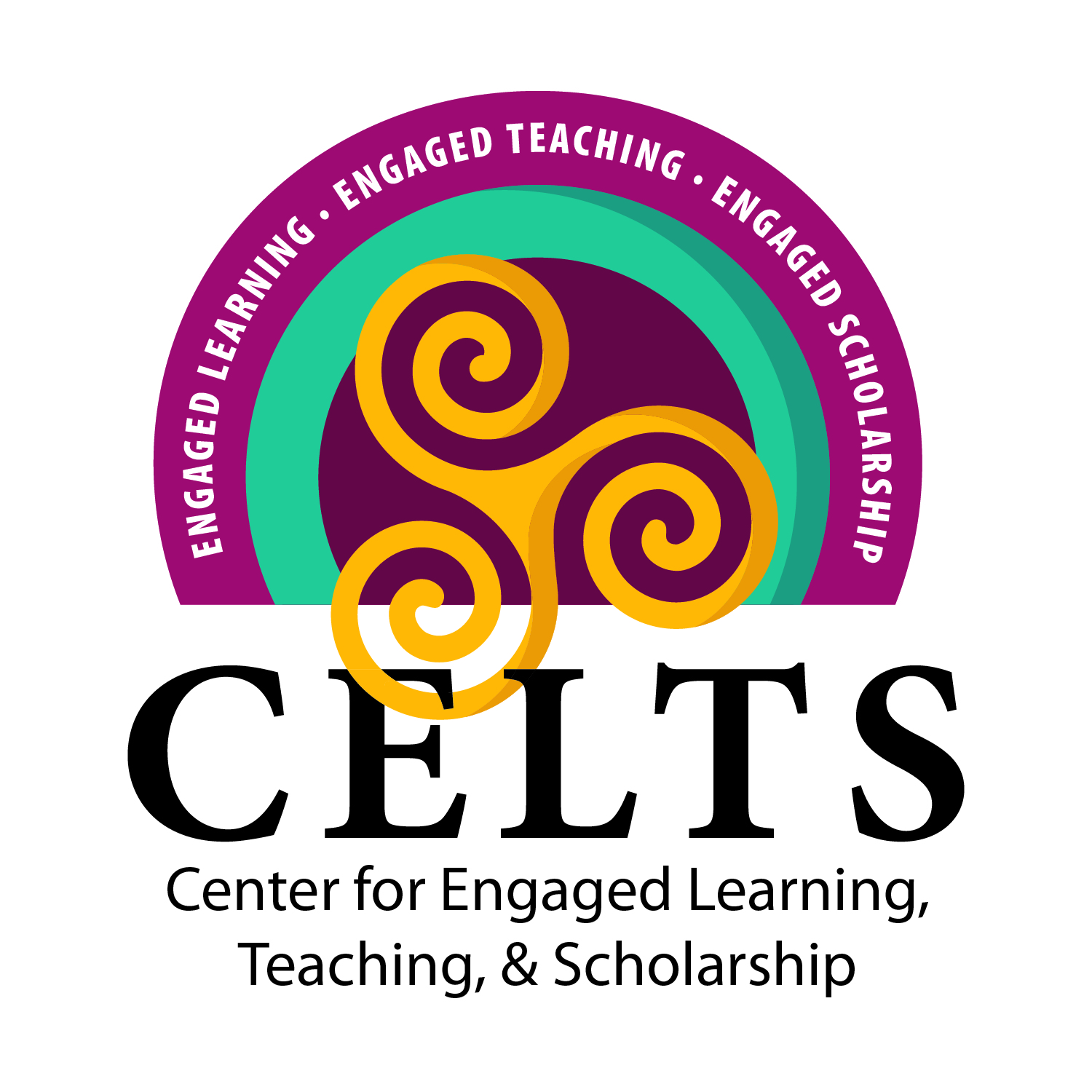Facilitators and Barriers to HIV Testing
Major
Public Health
Anticipated Graduation Year
2022
Access Type
Open Access
Abstract
Human Immunodeficiency Virus (HIV) is a preventable disease that still runs rampant in the United States. In this study, the facilitators and barriers to HIV testing are viewed in a detailed evaluation, providing an analysis on how several testing strategies impact downstream care continuum metrics, in order to delegate resources and funding to implementations that can lead to fewer HIV transmissions. Through the use of a semi-structured interview, constructed around the Consolidated Framework for Implementation Research (CFIR), as well as a qualitative survey, this study explores the perspectives of various stakeholders for HIV testing methods along with their outlooks on prospective approaches and their relation to continuum of care. Stakeholders will act as representatives from organizations within the city of Chicago and are selected based on their involvement in HIV treatment and prevention. Data thus far suggests that routine healthcare testing programs were prevalent in all organizations in clinical settings, however non-clinical testing services through targeted outreach, partner services, and social network strategy were not nearly as common. Various barriers included shortage of staff, lack of education on such methods, and lack of funding. With further analysis, we hope to consolidate either a list of facilitating strategies that would be the most impactful in treatment and prevention.
Community Partners
University of Chicago Medicine
Faculty Mentors & Instructors
Moira McNulty, MD MPH, University of Chicago Medicine
Supported By
University of Chicago Medicine
Creative Commons License

This work is licensed under a Creative Commons Attribution-Noncommercial-No Derivative Works 3.0 License.
Facilitators and Barriers to HIV Testing
Human Immunodeficiency Virus (HIV) is a preventable disease that still runs rampant in the United States. In this study, the facilitators and barriers to HIV testing are viewed in a detailed evaluation, providing an analysis on how several testing strategies impact downstream care continuum metrics, in order to delegate resources and funding to implementations that can lead to fewer HIV transmissions. Through the use of a semi-structured interview, constructed around the Consolidated Framework for Implementation Research (CFIR), as well as a qualitative survey, this study explores the perspectives of various stakeholders for HIV testing methods along with their outlooks on prospective approaches and their relation to continuum of care. Stakeholders will act as representatives from organizations within the city of Chicago and are selected based on their involvement in HIV treatment and prevention. Data thus far suggests that routine healthcare testing programs were prevalent in all organizations in clinical settings, however non-clinical testing services through targeted outreach, partner services, and social network strategy were not nearly as common. Various barriers included shortage of staff, lack of education on such methods, and lack of funding. With further analysis, we hope to consolidate either a list of facilitating strategies that would be the most impactful in treatment and prevention.


